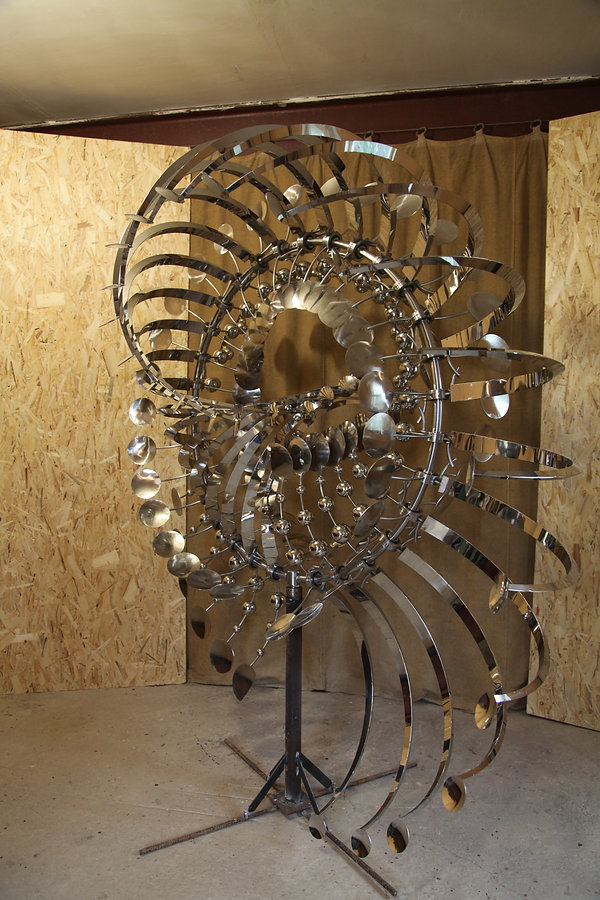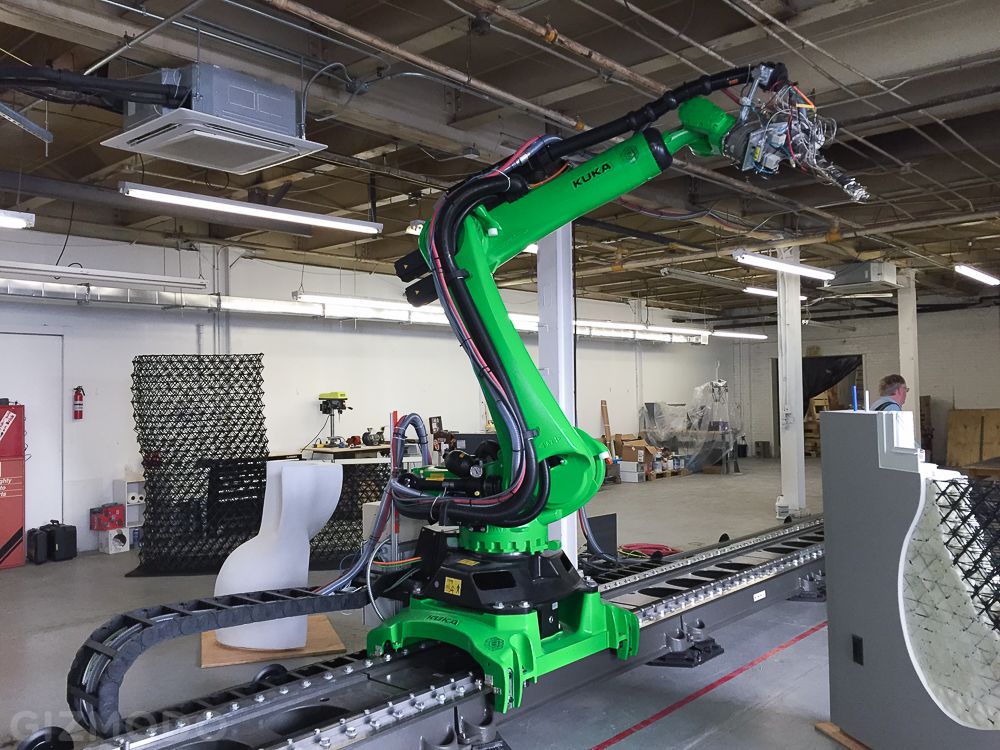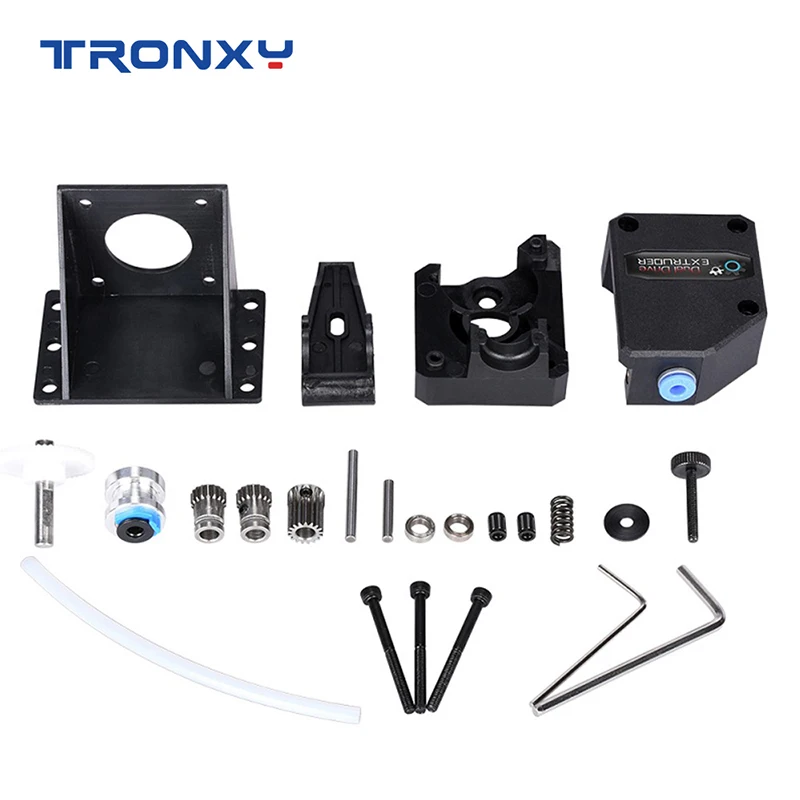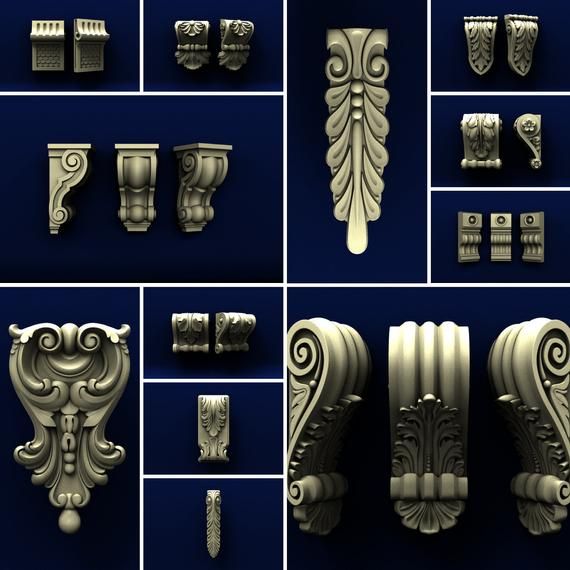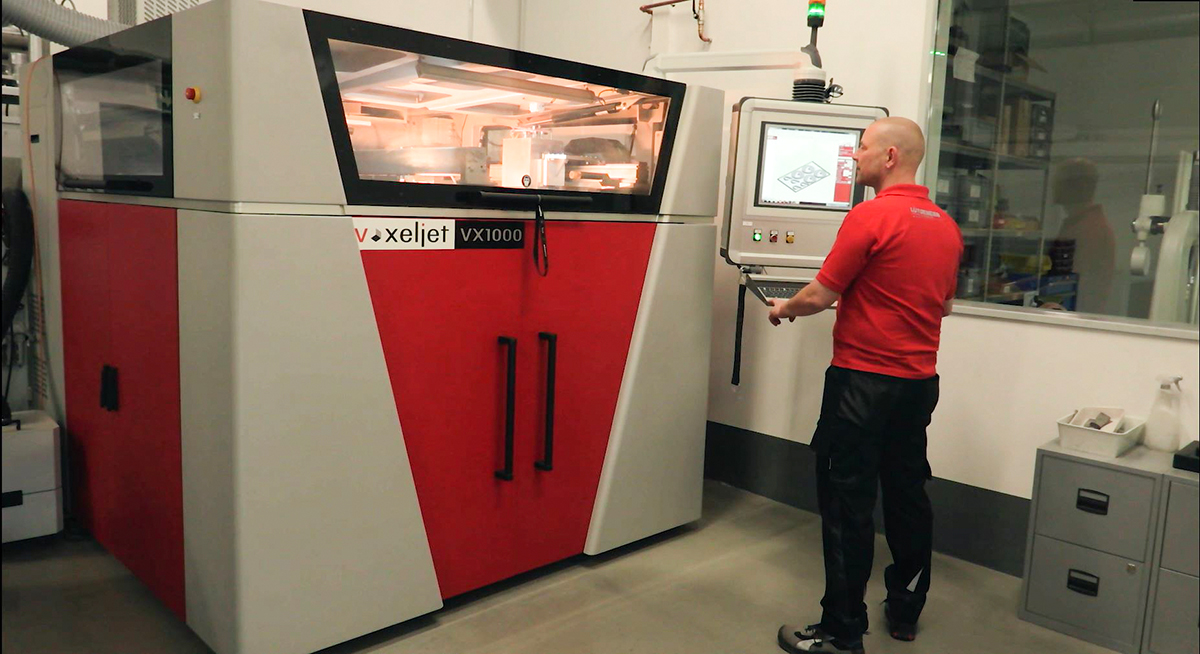3D printing in a vacuum
3D Printing in the Vacuum of Space
0Shares
At the end of last year, Made In Space made what was a huge achievement for 3D printing in space by sending their Zero G 3D printer, capable of 3D printing without gravity, to the International Space Station. There, it has 3D printed numerous components, including a now famous wrench and twenty-three other prints that have since returned to Earth for lab analysis. The ability to 3D print without gravity restraints will allow those aboard the ISS to 3D print tools and parts using raw material, preventing the need for direct shipments of such objects from Earth. This ability is an exciting one, but the true goal of NASA and Made In Space has been to 3D print in vacuum of space itself. Today, Made In Space has announced that such a feat has now been proven possible through a series of tests performed here on Earth.
The Made In Space Zero G Printer.Made In Space has been working on a commercial 3D printing lab that will be flown to the ISS later this year. Dubbed the Additive Manufacturing Facility (AMF), this platform was outfitted with the firm’s proprietary “vacuum-compatible extrusion heads”. Over the course of the last month, the space-focused startup has been performing a round of tests on this next generation 3D printing system to demonstrate the ability to 3D print in the vacuum of space – an image of which is posted below. And, so far, so good, as Made In Space was able to 3D print a number of specimens from aerospace-grade plastics that will now be analyzed in terms of their mechanical properties, which will be compared to the same parts made in the Earth’s atmosphere.
Mike Snyder, Chief Engineer at Made In Space, says of the astounding accomplishment, “We believe we are as little as 18 months away from incorporating the current designs into on-orbit tests.” He continued, “These preliminary tests, combined with our experience with microgravity additive manufacturing, show that the direct manufacturing of structures in space is possible using Made In Space developed technologies.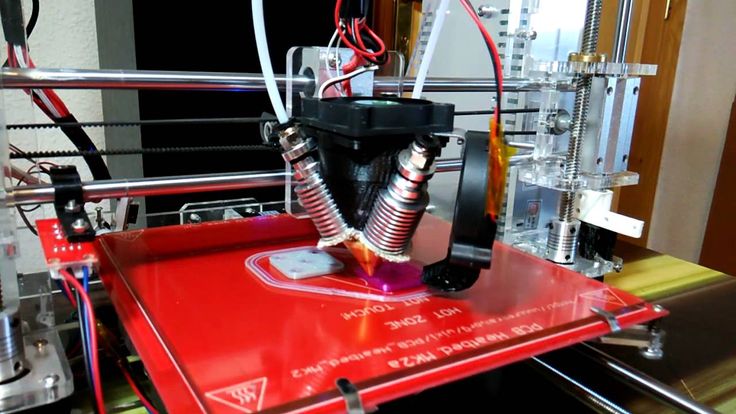 Soon, structures will be produced in space that are much larger than what could currently fit into a launch fairing, designed for microgravity rather than launch survivability. Complete structural optimization is now possible in space.”
Soon, structures will be produced in space that are much larger than what could currently fit into a launch fairing, designed for microgravity rather than launch survivability. Complete structural optimization is now possible in space.”
With the ability to 3D print in space, humanity will be able to fabricate objects that are too large to launch due to size and weight restrictions. For instance, NASA’s SpiderFab project intends to 3D print the underlying structures for such objects as antennas and solar panels. Not only can these objects be larger than those currently being folded up and flown aboard rockets, but they can have optimized geometries to be more effective. While an antenna could improve communication, an optimally designed, large-scale solar array could power spacecraft, robots, drones, and more. And, though such projects as mining asteroids with solar-powered drones might seem like science fiction, the news that Made In Space plans to send their AMF to the ISS later this year implies that science fact could be realized in the very near future.
Michael Molitch-Hou
Michael Molitch-Hou previously served as Editor-in-Chief of 3D Printing Industry, he is now the Editor of Engineering . com's 3D printing section. He has covered additive manufacturing technology day in and day out since 2012 and has hundreds of article to his credit. He is the founder of The Reality Institute.
Recreate nearly any object with a vacuum form-molding 3D printer
Tech
3D Printing
Move over 3D printing, this vacuum former does the job faster
Watch next
YouTuber Emma Chamberlain takes on 'Hot Ones', cries through the pain 25:40
A colorful swarm of drones at the tips of your fingers 3:21
Netflix's 'Lady Chatterley's Lover' trailer is the steamiest thing you'll watch today 2:12
Jennifer Lawrence and Brian Tyree Henry strike up a friendship in moving 'Causeway' trailer
The Formbox uses a vacuum plastic mold that hardens instantly and makes a detailed recreation of nearly any object.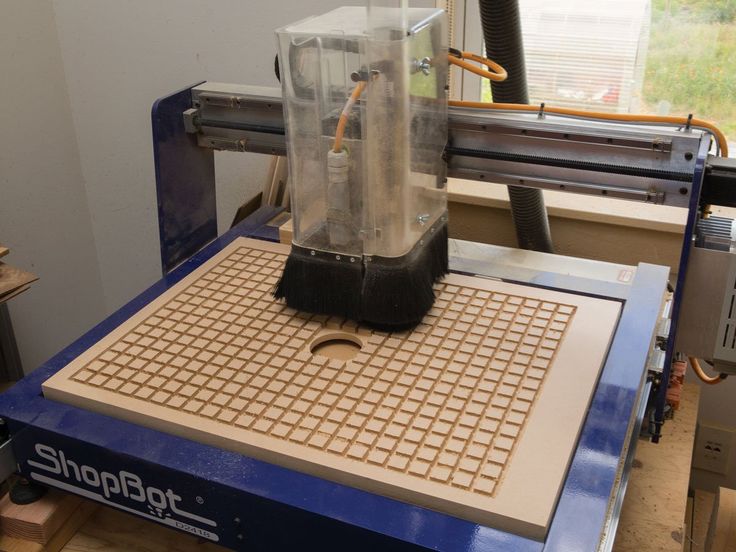
These two TVs only get smaller, but are fully functional and can stream content through USB-C
By Jules Suzdaltsev
It even comes with a refrigerator!
By Emmett Smith
Identifying flood-prone areas as part of urban planning is key if we want to reduce flooding.
By Teodosia Dobriyanova
The Jetcycle is a hydrofoil boat that flies over the water
By Jules Suzdaltsev
The new system extends 2,500 meters in length with the addition of an extra vessel
By Emmett Smith
Breathwork seems like one of those self-help techniques that you could easily learn on social media, but maybe it shouldn't be.
By Mark Stetson
Distressing children for entertainment since 2009.
By Amanda Yeo
It's time you learnt some manners.
By Amanda Yeo
Will these BFFs make it through in one piece?
By Shannon Connellan
"Out of all the people on this planet — murderers, people who do gender reveal parties — I'm the guy you're gonna haunt?"
By Yasmeen Hamadeh
"Sex Education" star Asa Butterfield has a holiday comedy on the way.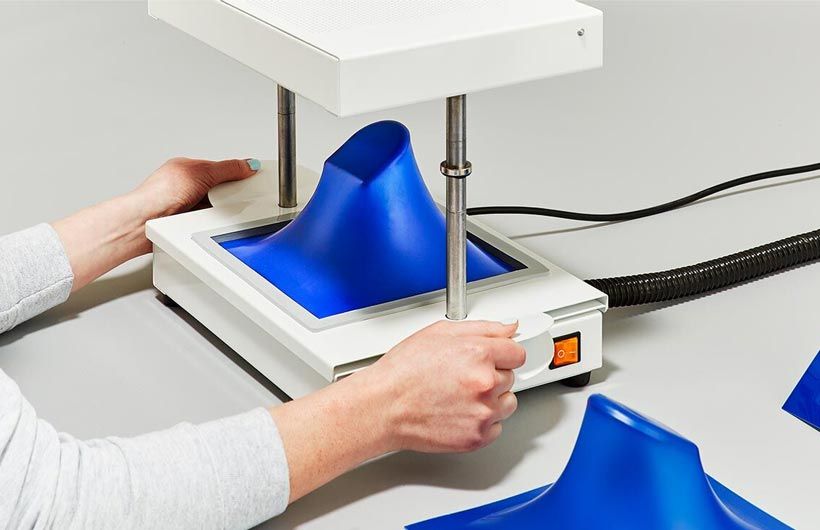
By Shannon Connellan
It's been over a decade since the original.
By Meera Navlakha
"Nature will push back."
By Sam Haysom
"Swim for me. For everyone who died trying to find a new life. Swim for all of us."
By Shannon Connellan
We've missed you, Narrator Morgan Freeman!
By Kyle McWilliams
By signing up to the Mashable newsletter you agree to receive electronic communications from Mashable that may sometimes include advertisements or sponsored content.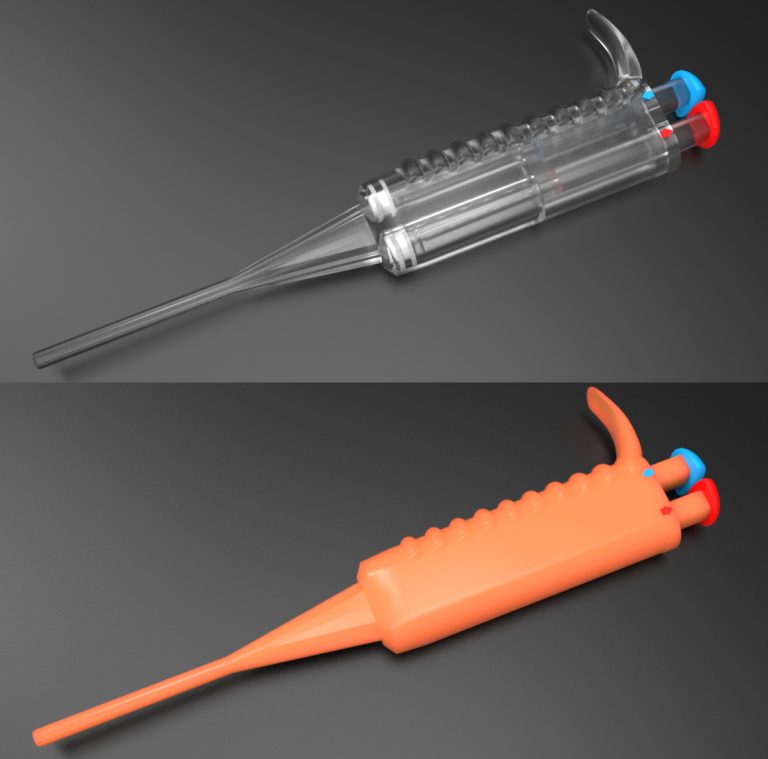
UK synchrotron scientists test PEEK and aluminum parts
News
Employees of the British accelerator complex Diamond Light Source published a study of 3D-printed polymer and aluminum parts for compliance with tolerances and gas tightness requirements.
Scientists at the UK's leading accelerator center, currently working on the VMXm experimental facility, decided to test additive technologies in the production of parts for new equipment. Parts were printed to order, and the researchers shared the results of testing and operation. First of all, they were interested in the compliance of 3D-printed components with a given geometry and gas permeability, because for work it is necessary to maintain a rarefied atmosphere close to ultrahigh and extreme vacuum.
From polymeric materials, scientists have chosen a high-strength structural thermoplastic polyetheretherketone (PEEK). In the amateur environment, this material is not widespread for objective reasons - due to the high cost, high extrusion temperatures reaching 400 ° C, as well as the need for sequential, controlled cooling for optimal crystallization.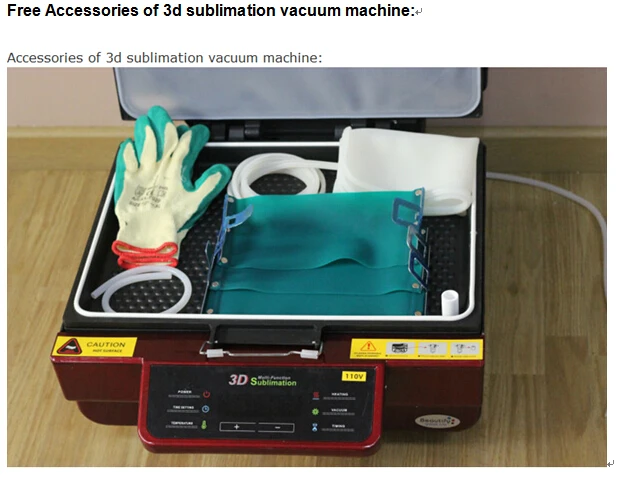 All this complicates the design of FDM 3D printers and makes the cost of equipment prohibitive for ordinary enthusiasts. Nevertheless, specialized devices are produced by a number of manufacturers, and in our case, we used 3D printers from the German company Apium Additive Technologies, formerly known as Indmatec. The resulting samples were printed at 100% infill and consisted of conventional 1.42 cm2 test paddles and a range of components. As tests have shown, the gas evolution rate in the case of untreated test samples reached 1.33 x 10-6 mbar 1 s-1 cm-2, and after treatment with isopropyl alcohol in an ultrasonic bath increased to 1.7 x 10-6 mbar 1 s- 1 cm-2. After 12 hours of annealing at 150°C, the index dropped to an acceptable level of 3.98 x 10-11 mbar 1 s-1 cm-2.
All this complicates the design of FDM 3D printers and makes the cost of equipment prohibitive for ordinary enthusiasts. Nevertheless, specialized devices are produced by a number of manufacturers, and in our case, we used 3D printers from the German company Apium Additive Technologies, formerly known as Indmatec. The resulting samples were printed at 100% infill and consisted of conventional 1.42 cm2 test paddles and a range of components. As tests have shown, the gas evolution rate in the case of untreated test samples reached 1.33 x 10-6 mbar 1 s-1 cm-2, and after treatment with isopropyl alcohol in an ultrasonic bath increased to 1.7 x 10-6 mbar 1 s- 1 cm-2. After 12 hours of annealing at 150°C, the index dropped to an acceptable level of 3.98 x 10-11 mbar 1 s-1 cm-2.
However, the tolerance problem remained. The scientists describe the geometry of the final products as "unpredictable" due to deformations due to shrinkage. So, in samples B, C and D in the illustration above, the deviations reached one millimeter. Component E came out quite well, with no visible deformations and deviations of no more than 0.1 mm. Component A did not show signs of deformation, but the inner diameter turned out to be 1 mm lower than the specified one, and the outer diameter was higher by 0.5 mm. In addition, the bottom surfaces that came into contact with the work table came out smooth, while the rest showed pores that called into question the promised 100% density.
Component E came out quite well, with no visible deformations and deviations of no more than 0.1 mm. Component A did not show signs of deformation, but the inner diameter turned out to be 1 mm lower than the specified one, and the outer diameter was higher by 0.5 mm. In addition, the bottom surfaces that came into contact with the work table came out smooth, while the rest showed pores that called into question the promised 100% density.
The aluminum parts worked out better. The scientists needed a chamber to house the irradiated test samples. The chamber was fabricated by direct selective laser sintering of metal powders (DMLS). According to the test results, the product made it possible to maintain a pressure of 10-5 mbar at the required level of 10-4 mbar. The part was machined a little (for example, the missing hole was drilled to install the fluorescence sensor) and washed with alcohol, but not annealed, since the part was already painted. But even in this form, the product was not inferior in terms of gas impermeability to ordinary aluminum.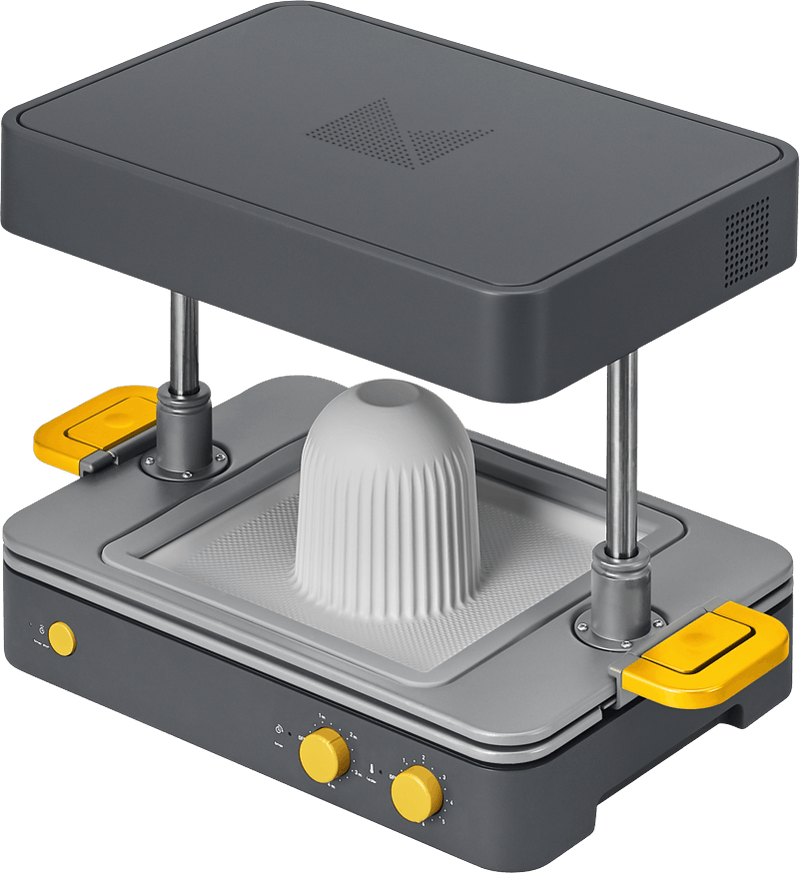 The chamber has been successfully operated since May last year, and in practice an even lower atmospheric density with a pressure of 10-6 mbar is achieved. With all this, the laboratory saved quite a bit: the cost of producing a steel analogue using traditional methods was estimated at £19750 - £22,600, while the 3D printed aluminum version cost £12,350 including post-processing. To manufacture the same part by traditional methods from aluminum would not work at all due to welding limitations.
The chamber has been successfully operated since May last year, and in practice an even lower atmospheric density with a pressure of 10-6 mbar is achieved. With all this, the laboratory saved quite a bit: the cost of producing a steel analogue using traditional methods was estimated at £19750 - £22,600, while the 3D printed aluminum version cost £12,350 including post-processing. To manufacture the same part by traditional methods from aluminum would not work at all due to welding limitations.
Scientists summarize their impressions as follows: 3D printing technologies have matured noticeably, but do not always meet expectations. The quality of PEEK printouts has proved to be insufficient in many cases, although 3D printed products hold vacuum well and come out cheaper. On the one hand, it is possible to create geometrically complex components, but on the other hand, the results are unpredictable, not always meeting tolerances. However, 3D printing using PEEK is practical in cases where the exact fit of the given geometry is not critical.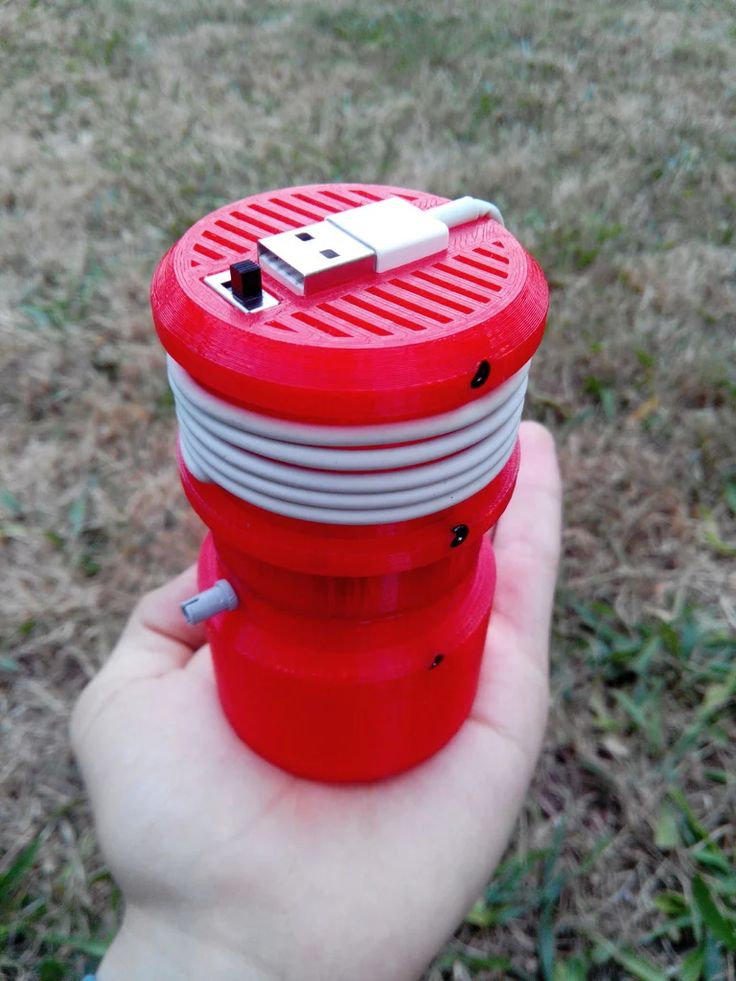 But selective laser sintering already makes it possible to create complex metal products for working with a vacuum environment. The report can be downloaded from this link.
But selective laser sintering already makes it possible to create complex metal products for working with a vacuum environment. The report can be downloaded from this link.
Do you have interesting news? Share your developments with us, and we will tell the whole world about them! We are waiting for your ideas at [email protected].
Follow author
Follow
Don't want
10
More interesting articles
ten
Subscribe to the author
Subscribe
Don't want
The project is experiential and symbolic: the structure was erected by 3D4Art to celebrate...
Read more
eight
Subscribe to the author
Subscribe
Don't want
Specialists of the Skat 3D Prototyping and 3D Printing Center launched additive manufacturing of orthopedic.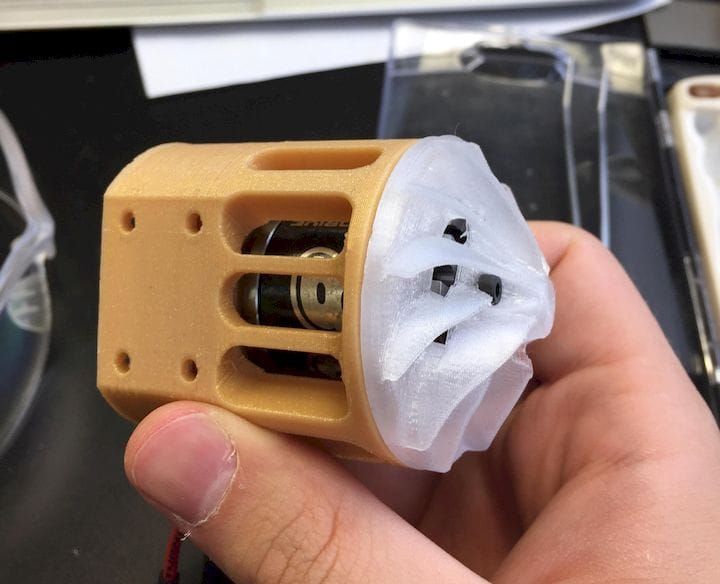 ..
..
Read more
56
Subscribe to the author
Subscribe
Don't want
Dear friends!
3D printers, makers and just caring people in Russia connect...
Read more
Mitsubishi Electric develops satellite dish 3D printing technology in space
Mitsubishi Electric Corporation has developed an in-orbit additive manufacturing technology using photosensitive resin and UV rays that allows satellite dish 3D printing under vacuum conditions in open space.
The new technology uses a special liquid resin that has been recently formulated to be stable under vacuum. The structure of this resin allows it to be used for piece production of various structures in outer space by photopolymerization using solar ultraviolet rays.
In particular, this technology makes it possible to solve the problem of ensuring the production of various components and structures for the creation and assembly of small and inexpensive spacecraft, such as, for example, antenna reflectors with a high gain.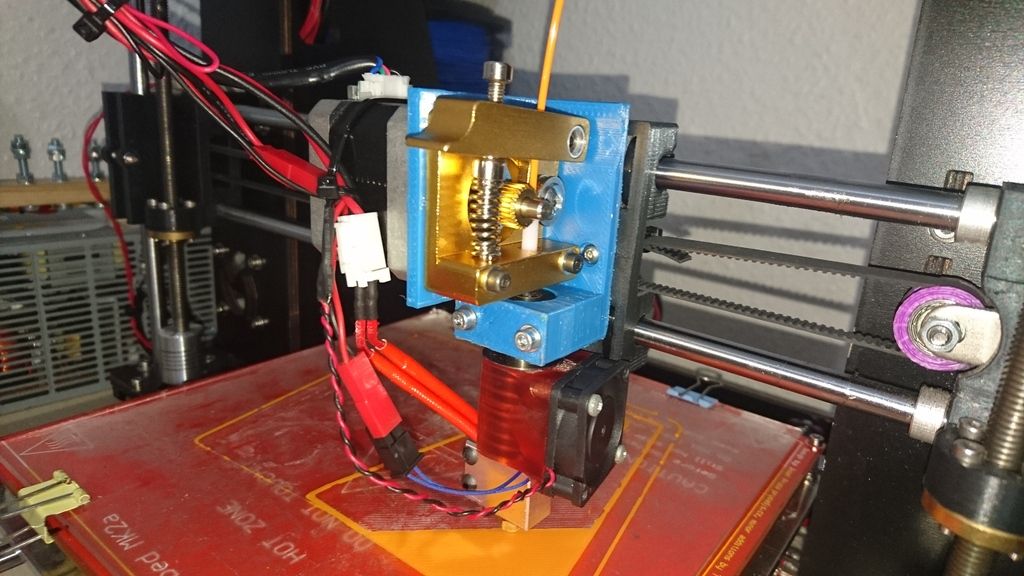 It also makes it possible to produce various structures directly in orbit, the dimensions of which significantly exceed the dimensions of the fairings of launch vehicles. It is expected that in-orbit production of various structures using the new resin will make these spacecraft elements thinner and lighter than conventional structures that have to withstand the loads during launch and orbit, thereby reducing both the overall weight of the satellite and the cost of its launch.
It also makes it possible to produce various structures directly in orbit, the dimensions of which significantly exceed the dimensions of the fairings of launch vehicles. It is expected that in-orbit production of various structures using the new resin will make these spacecraft elements thinner and lighter than conventional structures that have to withstand the loads during launch and orbit, thereby reducing both the overall weight of the satellite and the cost of its launch.
Spacecraft antennas have a rather complex design, which is due to conflicting requirements for them - they must have a high gain and a wide bandwidth with a low weight. High gain and wide bandwidth necessarily require a large aperture, but the need to deploy antennas in orbit typically requires antenna designs to be lightweight and compact enough to fit folded inside a launch vehicle or satellite deployment mechanism.
Mitsubishi Electric's innovative approach, in-orbit resin fabrication technology, enables the efficient creation of high-gain, large-aperture broadband antennas from a lightweight, vibration-resistant starter pack.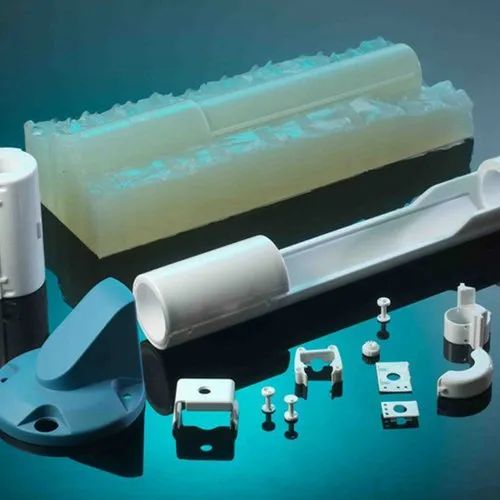 Thanks to the development of a 3D printer that compresses a special UV curable resin designed for use in a vacuum, low-energy additive manufacturing of free-form structures in space (without additional supporting structures) has become possible.
Thanks to the development of a 3D printer that compresses a special UV curable resin designed for use in a vacuum, low-energy additive manufacturing of free-form structures in space (without additional supporting structures) has become possible.
Technology features
3D printer for making freeform antennas under vacuum:
- The 3D printer separates antenna legs and angle motors.
- The size of the antenna is not limited by the size of the radome of the launcher or the size of the satellite bus.
- On-orbit production eliminates the need to design the antenna to withstand vibration and shock during launch, which is a prerequisite for the production of conventional antenna reflectors; this, in turn, reduces the weight and thickness of the antenna reflectors, thereby helping to reduce the weight of the satellite and the cost of its launch.

- Taking into account the technical parameters of the cubesat satellite with a height of 3U (100x100x300 mm), an antenna reflector with a diameter of 165 mm (which is larger than the size of the cubesat bus) was made in the air and a gain of 23.5 dB was provided, confirmed when used in the Ku-band (13.5 GHz).
World's first (as of May 17, 2022, according to company research) photosensitive resin with stability, pressability and vacuum curing:
- Commercially available photosensitive resins are low molecular weight, have high vapor pressures and are not suitable for vacuum applications where they boil and polymerize prematurely. The newly developed UV curable resin uses a high molecular weight, low vapor pressure oligomeric base blended with a vacuum-stable non-volatile polyphenyl ether plasticizer to achieve a viscosity suitable for vacuum pressing.
- Since most polymerization inhibitors require atmospheric oxygen as an additional factor to prevent premature polymerization, so they do not work in a vacuum, the new resin formula uses inhibitors that are independent of the presence of oxygen and have almost zero volatility.
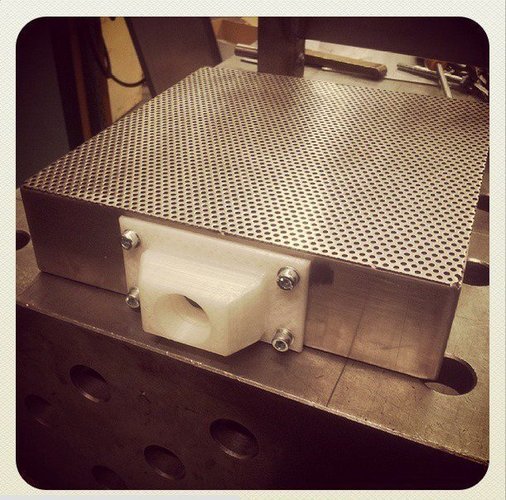
Learn more




